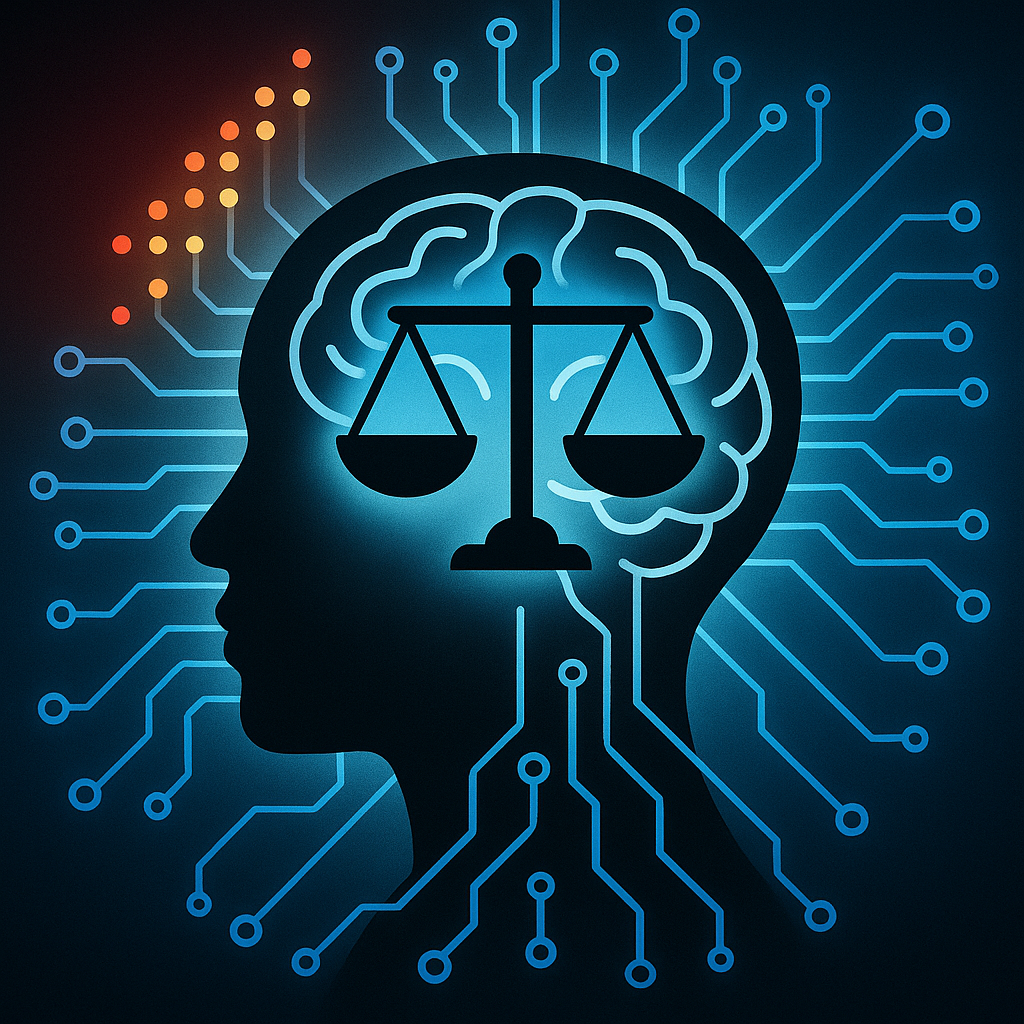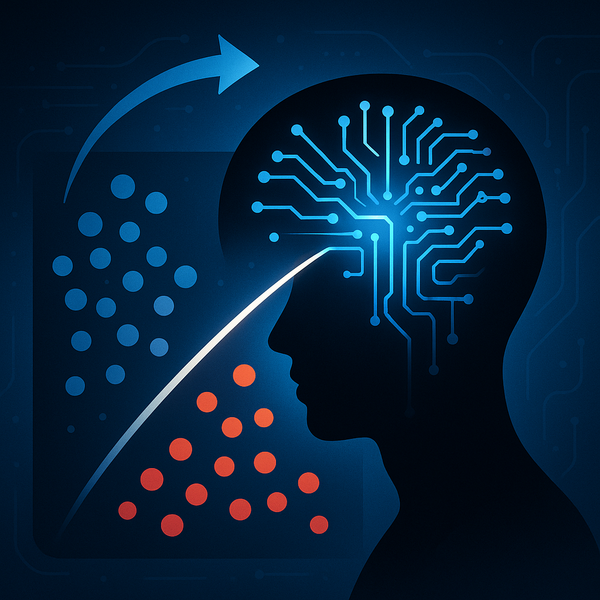A fairer, more accurate way to use algorithms in criminal justice

Can we make AI tools in criminal justice both fair and accurate? A new paper by Shaolong Wu, James Blume, and Geshi Yeung says yes—with a practical tweak.
Instead of forcing exact equality between groups (which can hurt accuracy or be impossible), they optimize overall errors while keeping differences in false negatives—when the system misses a real risk—within a small, transparent tolerance. This makes solutions easier to find, can boost accuracy, and puts the ethical choice of error costs front and center.
The authors also tackle key critiques: biased or incomplete data, hidden affirmative action, and too many subgroup constraints. Their deployment playbook ties design to legitimacy:
- Need-based decisions: focus on who needs help or scrutiny.
- Transparency & accountability: publish tolerances, error costs, and results.
- Narrow tailoring: define fairness goals clearly; avoid one-size-fits-all fixes.
Read more: http://arxiv.org/abs/2511.04505v1
Paper: http://arxiv.org/abs/2511.04505v1
Register: https://www.AiFeta.com
#AI #Fairness #CriminalJustice #Ethics #MachineLearning #Policy #AlgorithmicBias #RiskAssessment




